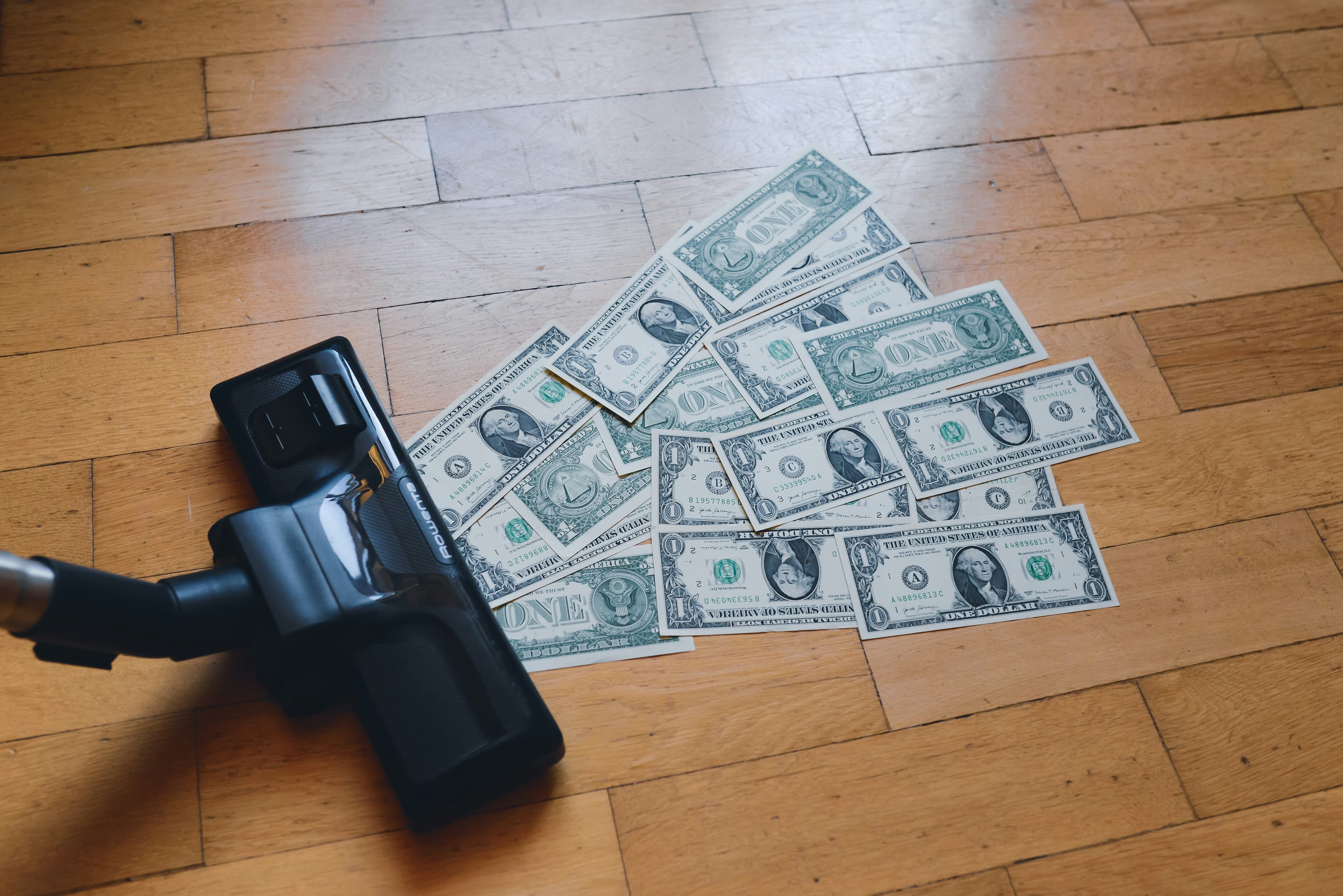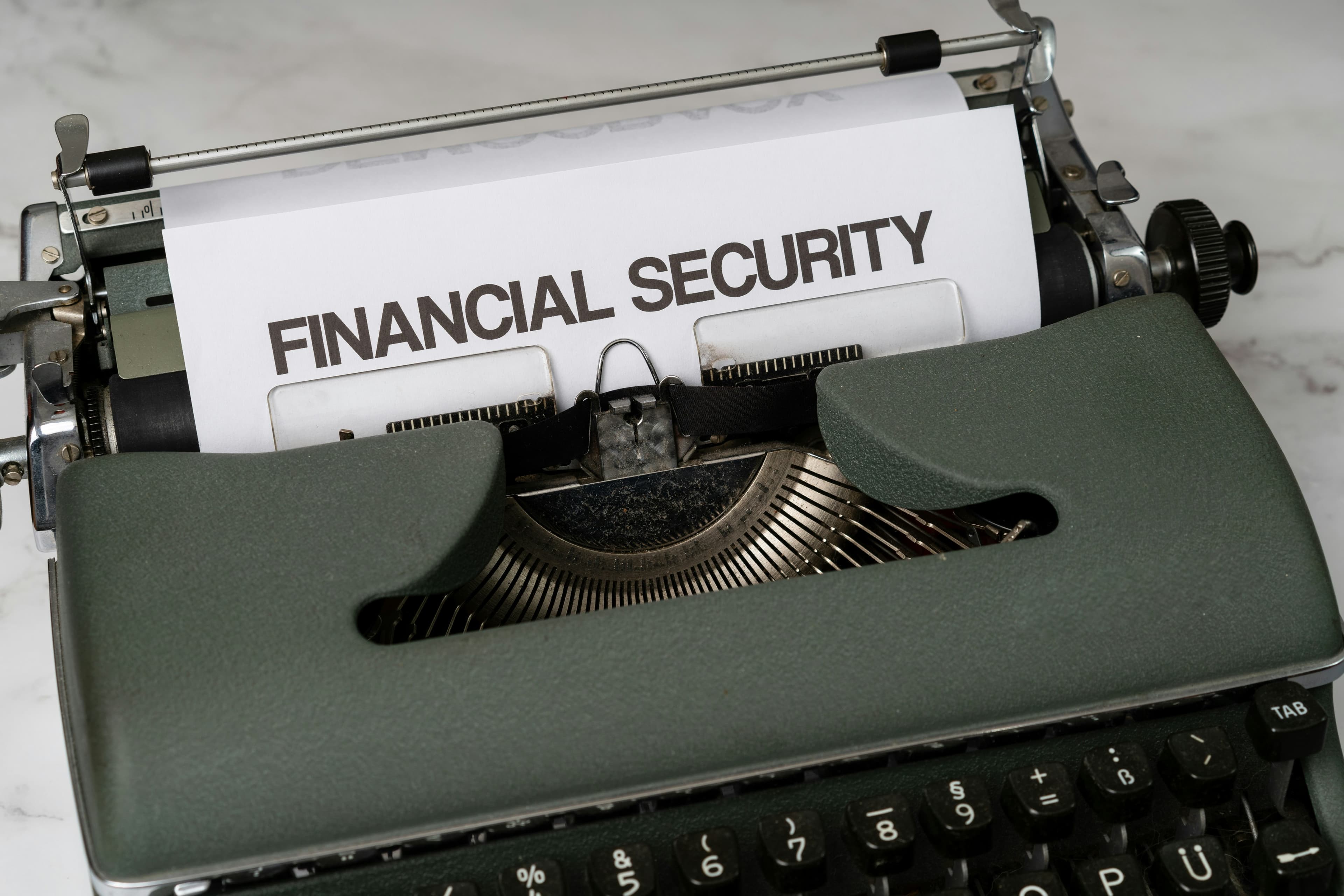Refinancing Your Home for Renovations or a Lower Payment

Once you have the keys to your home, a new set of financial questions often emerges. You might be thinking about refinancing your mortgage to lower your payments, pay for a big home improvement project, or consolidate other debts. Maybe you’re wondering when the right time to refinance is, how to pay your mortgage off faster, or even what to do if you’re facing the possibility of foreclosure.
Planning to Upgrade Your Home
Whether you’ve bought a fixer-upper, need more space for a growing family, or are simply looking to increase your home's value, you’ll need a way to finance the work. Before you ever talk to a lender, the first step is to create a detailed plan and get bids from several contractors. This isn't just about budgeting; it's about protecting yourself. When you use your home as collateral for a mortgage or home equity loan, you’re putting it on the line. Getting accurate cost estimates from reputable contractors is crucial.
Keep in mind that if a contractor does a poor job and you have to hire someone else to fix it, you’re still responsible for repaying the original loan. It’s wise to shop around for financing at established banks and credit unions to compare rates. While some contractors might offer to arrange financing for you, they often get a commission for the referral, which could mean you end up paying higher rates or fees.
Finding the Right Contractor
Start by asking people you trust—friends, neighbors, and coworkers—for recommendations. Once you have a few names, check them out with your local Better Business Bureau to see if any complaints have been filed against them.
From there, get at least three detailed written estimates that clearly outline the scope of work, the materials to be used, and the total cost. Don’t just jump on the lowest bid. A significantly lower price could be a red flag for cheap materials or shortcuts that compromise quality. Discuss each bid with the contractor to understand why the prices differ.
Once you’ve made a choice, ask for their insurance agent’s contact information and verify that they carry workers’ compensation, property damage, and personal liability coverage. You don't want to be on the hook financially if a worker gets injured on your property. Also, check with your state or local government to see if contractors need to be licensed or bonded, and make sure yours is.
How to Structure Payments
Never pay a contractor for the entire project upfront. A reasonable down payment is typically 10% to 20% of the total cost, though state law may set a limit. Structure the rest of the payments around specific, measurable milestones. This ensures you’re paying for work that has actually been completed. It's a good practice to hold back at least 15% of the total payment until the job is finished to your satisfaction and you have proof that all subcontractors and suppliers have been paid.
This brings up a critical point: mechanic's liens. If your contractor fails to pay their subcontractors or suppliers, those parties can demand payment directly from you—even if you’ve already paid the contractor. If you don't pay them, they can place a lien on your home. To protect yourself, ask your contractor for lien waivers from all subcontractors and suppliers before they begin working.
Taking on a Home-Equity Loan or Line of Credit
Two of the most common ways to fund home improvements are through a home-equity loan or a home-equity line of credit (HELOC). A home-equity loan is a lump sum of money you borrow at a fixed interest rate, typically paid back over five to fifteen years. Think of it as a standard loan with predictable monthly payments.
A HELOC, on the other hand, functions more like a credit card. You’re approved for a certain borrowing limit, and you can draw money as you need it. As you pay down the principal, your available credit is replenished. The interest rate is usually variable, so your payments can change. This can be a flexible option, but it requires discipline. Your home secures the debt, so falling behind could put you at risk of losing it.
People use the equity in their homes for all sorts of things. While debt consolidation and home improvements are the most common reasons, others use the funds to buy a car, cover education costs, or even . For anyone , leveraging home equity can be a way to secure funding without taking out a high-interest business loan.
When Does It Make Sense to Refinance?
Refinancing means taking out a new mortgage—often at a lower interest rate or for a different term—and using it to pay off your old one. Generally, lenders want you to have at least 10% to 20% equity in your home to qualify.
The old rule of thumb was to only refinance if you could get a rate at least two percentage points lower, but with today’s lower closing costs, that’s not always the case. Refinancing can be a smart move if you want to combine a first and second mortgage into a single loan with a lower overall rate. It also makes sense if you want to switch from a 30-year to a 15-year loan to build equity faster.
However, it's not always the right choice. If you’ve been paying your mortgage for over a decade, you’re likely paying more toward the principal each month. Restarting the clock with a new 30-year loan means most of your payments will go toward interest again.
To figure out if it's worth it, first ask yourself how long you plan to stay in the house. If you might move in the next few years, you may not have enough time to recoup the closing costs. If you’re staying put, calculate your break-even point. Divide your total closing costs by your net monthly savings (your old payment minus your new payment, adjusted for tax implications). This tells you how many months it will take to start seeing real savings.
What About Cashing Out?
If your home's value has increased significantly, you might consider a cash-out refinance. This is when you refinance for more than you currently owe and take the difference in cash. For example, if your home is now worth $175,000 and you owe $100,000, you could refinance for $140,000, pay off the original mortgage, and pocket the extra $40,000. It's a popular strategy for those or funding major projects, but remember your monthly payments will be higher.
Paying Your Mortgage Off Faster
You can save thousands in interest over the life of your loan by making extra payments toward the principal. You can do this by adding a little extra to your monthly payment or by making one extra payment per year. For instance, on a $100,000 30-year mortgage at 7%, paying just an extra $25 a month could shorten your loan by over three years and save you more than $18,000 in interest. Just be sure to tell your lender that the extra funds should be applied directly to the principal. Also, check your loan documents for any prepayment penalties, which are rare but can sometimes apply in the first few years of a loan.
What to Do If You're Facing Foreclosure
If you anticipate having trouble making your mortgage payments, contact your lender immediately. They don't want to foreclose and are often willing to work with you on a new payment plan, especially if you communicate with them early. You may be able to extend the loan term or spread out missed payments over several months.
Another option is a short sale, where you sell the house for less than the outstanding mortgage balance. The lender has to agree to this, and it’s usually reserved for situations involving financial hardship. While it's a difficult process, it can be a better alternative to foreclosure. It's an important part of understanding and the potential risks involved.








